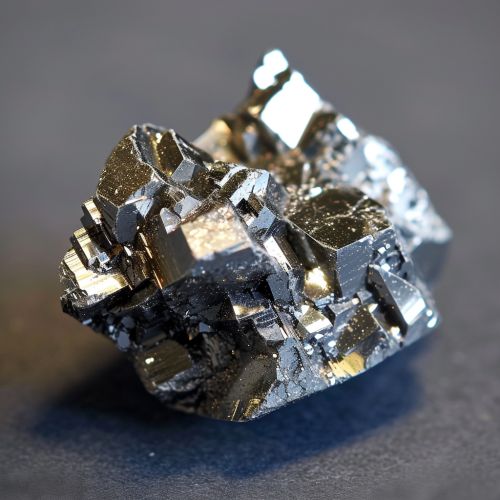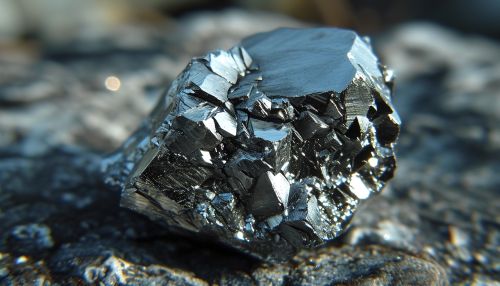Thallium
Overview
Thallium is a chemical element with the symbol Tl and atomic number 81. It is a gray post-transition metal that is not found free in nature. When isolated, thallium resembles tin, but discolors when exposed to air.
History
Thallium was discovered by William Crookes in 1861. He was conducting experiments on the residues left after producing sulfuric acid from pyrite. He noticed an unusual green spectral line, which he concluded was due to a new element. Crookes named the new element "thallium" from Greek θαλλός, thallós, meaning "a green shoot or twig", due to the green spectral line.
Physical Properties
Thallium is a soft, malleable gray metal that has a bright luster at room temperature. It is very dense, with a density of 11.85 g/cm³. Thallium has a low melting point of 304 °C (579 °F) and a high boiling point of 1,473 °C (2,683 °F). It is highly conductive to electricity and heat.
Chemical Properties
Thallium is highly reactive and is found in the +1 and +3 oxidation states. The +3 state is less stable than the +1, due to the inert pair effect. Thallium(I) compounds are typically colorless or white, while thallium(III) compounds are often blue or green.
Occurrence and Production
Thallium is not found free in nature, but is extracted from the minerals lorandite (TlAsS2) and crookesite (TlCu7Se4). It is also obtained as a by-product from refining of heavy metal sulfide ores. Thallium production is mostly in Kazakhstan, with smaller amounts in China, Germany, and other countries.
Applications
Thallium is used in a number of industries, including electronics, pharmaceuticals, and glass manufacturing. It is used in the production of high-density liquids, photoelectric cells, and certain types of scintillators. Thallium is also used in some types of thermometers.
Health Effects
Thallium and its compounds are extremely toxic and should be handled with care. Exposure to thallium can result in hair loss, nerve damage, and death. Thallium poisoning is often diagnosed via hair analysis, as thallium is released into the hair.
Environmental Impact
Thallium is released into the environment primarily from coal-burning and smelting. It can accumulate in aquatic life and is toxic to a wide range of organisms.


